Early Days: Fiddles and Folk Tunes
The violin, with its sweet voice and expressive power, didn’t start out as an instrument of high society. Its journey from its humble origins to its revered status in classical music is a testament to its versatility and undeniable musical charm. Let’s explore how the violin transcended social barriers and found its place in cultures across the globe.
The violin’s ancestors emerged in Europe around the 16th century. While its exact origins are a bit fuzzy, these early fiddles were largely seen as folk instruments. They weren’t filling concert halls, but adding their lively voices to village dances, taverns, and the homes of everyday people.
This connection to folk traditions planted the seeds for the violin’s widespread presence. It was accessible, portable, and its bright sound carried melodies everyone could enjoy, regardless of their social standing. This built-in popularity played a role in its later acceptance in more formal musical settings.
As music evolved, those early fiddles gradually transformed into the violin we recognize today. Enterprising composers of the Baroque and Classical periods saw the violin’s potential for both delicate beauty and dramatic virtuosity. Soon, the violin became a cornerstone of the orchestra, carrying melodies, providing harmonic texture, and showcasing the talents of skilled violinists.
This era gave rise to the “violin superstar”. Composers wrote concertos, sonatas, and dazzling solo showpieces designed to highlight the expressive possibilities of the instrument. The technical demands increased, and with it, the acclaim and social status of those who could master it.
The violin wasn’t content to stay within Europe’s boundaries. As explorers and traders reached new lands, so did the violin. And the amazing thing? It adapted. In America, the violin found a home in Appalachian folk traditions, giving birth to old-time fiddle tunes and later, bluegrass. Irish, Gypsy, and Eastern European folk music embraced the violin’s expressive voice, weaving it into their own distinctive melodies.
“The violin has a unique ability to adopt the soul of different cultures,” notes a music historian. “It’s no longer just a European instrument, but something that speaks to people around the world.”
In the world of classical music, the violin was long associated with refinement and sophistication, the domain of the wealthy and cultural elite. However, there’s always been a parallel thread of accessibility. Community orchestras, music education programs, and the enduring role of the violin in folk traditions worldwide ensure the instrument isn’t confined to a single social sphere.
The 20th century saw the violin break into new genres. Think of the improvisational energy of jazz violin, or the electrifying sound of a rock violinist soloing with a band. These contemporary adaptations demonstrate the violin’s continued power to connect with audiences of all stripes.
The Instrument as Symbol
The violin’s journey from folk instrument to symbol of refinement mirrors its ability to signify different ideas. In literature and film, a lone violin often evokes melancholy or nostalgia. A lively fiddle tune, on the other hand, brings to mind images of joyful gatherings and celebrations.
The craftsmanship that goes into creating fine violins elevates them to the status of art objects, collected and revered. However, mass-produced student violins serve a powerful purpose in making music education attainable for countless children, regardless of their background.
Whether it’s carrying a haunting melody in a symphony, playing a toe-tapping fiddle breakdown, or experimenting with new musical boundaries, the violin’s social significance lies in its continued adaptability. From its origins as a “commoner’s instrument” to its status as a symbol of both prestige and accessibility, the violin continues to resonate with people across social lines, cultures, and eras. While its journey is far from over, its past tells us to expect the unexpected as this surprisingly versatile instrument continues to find its voice.






